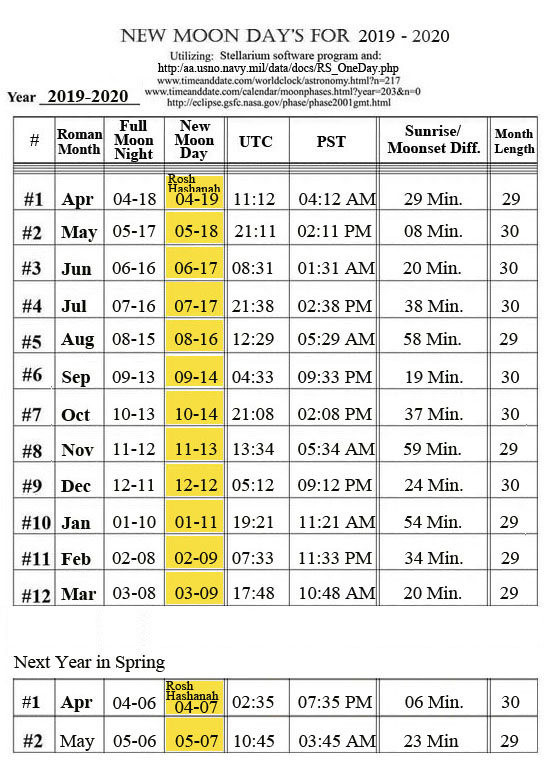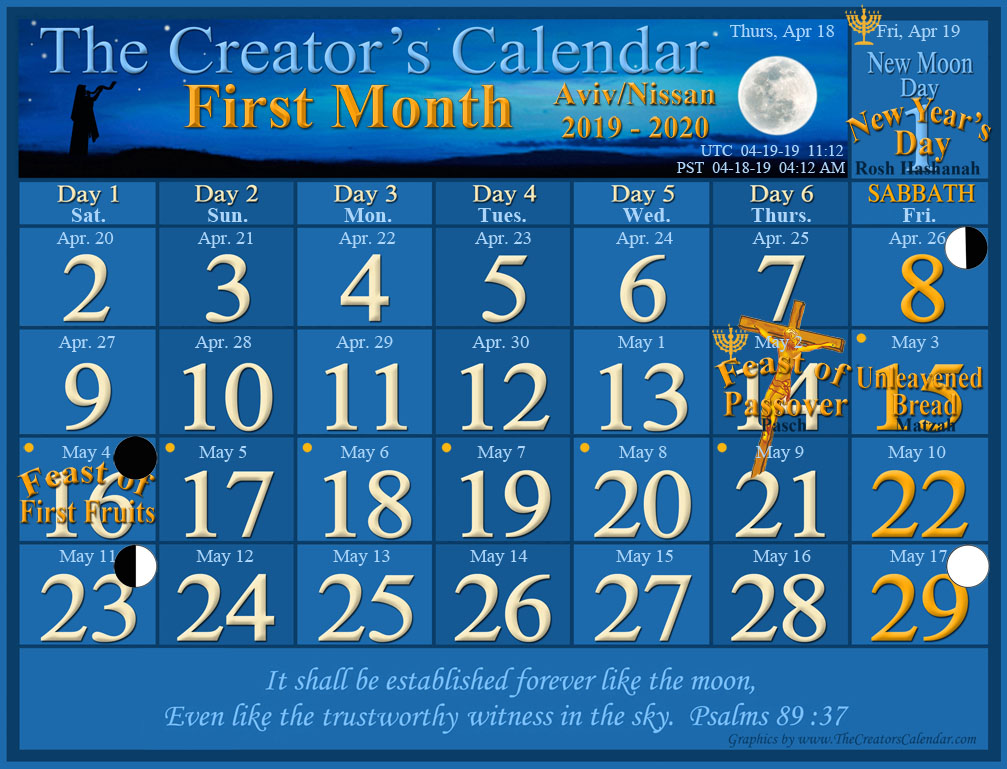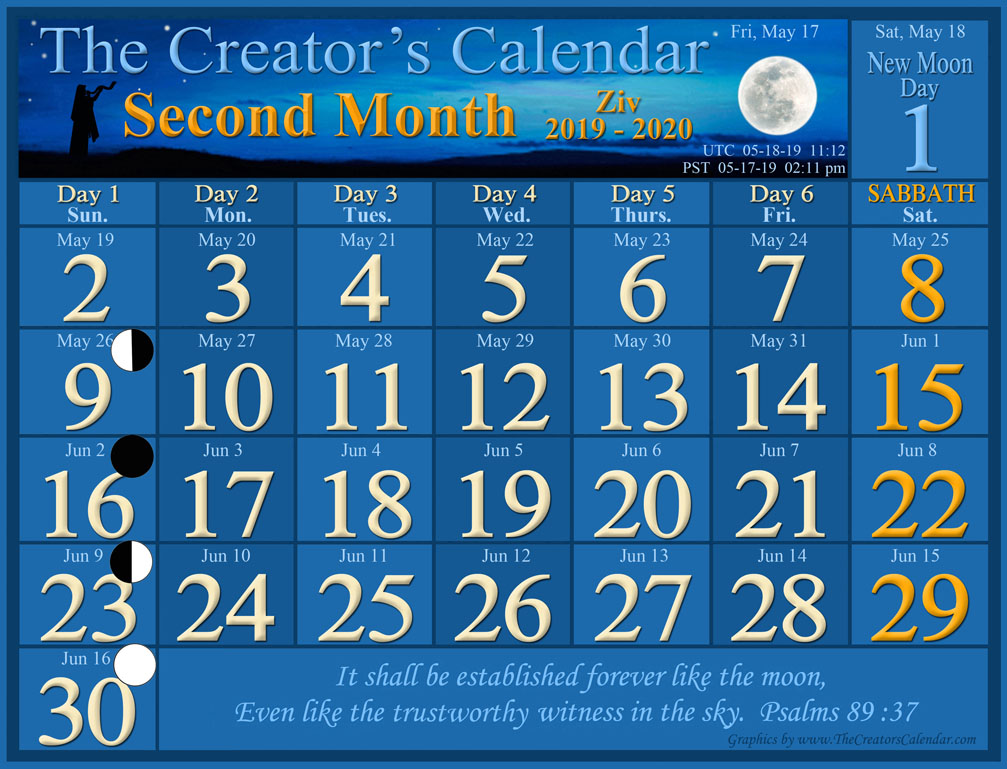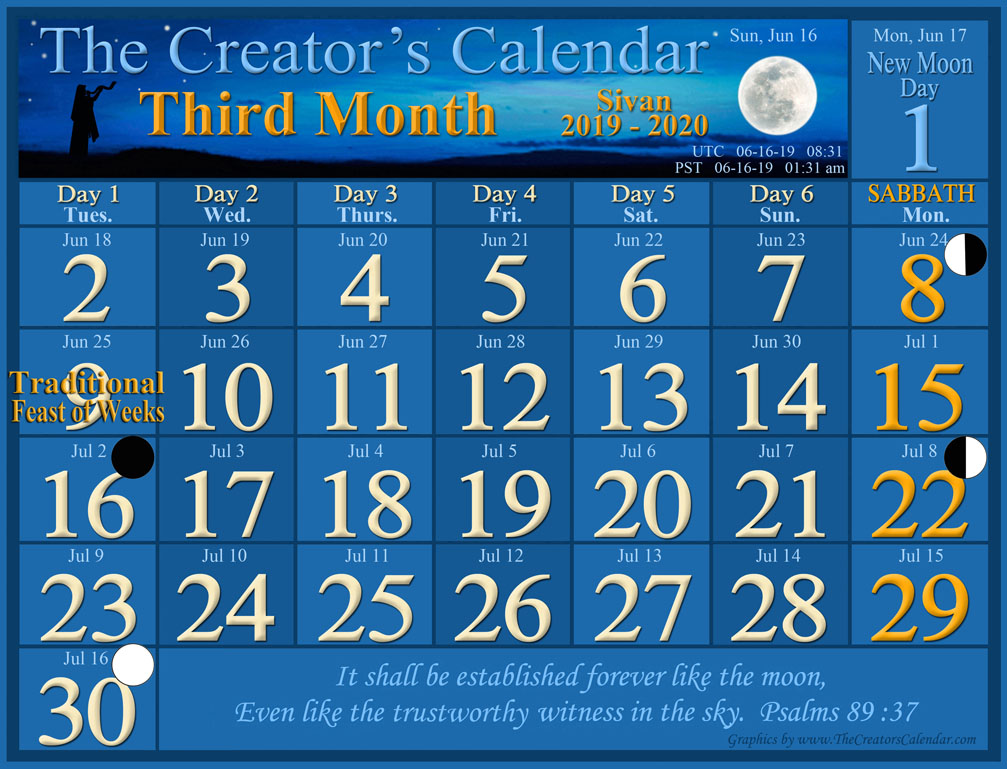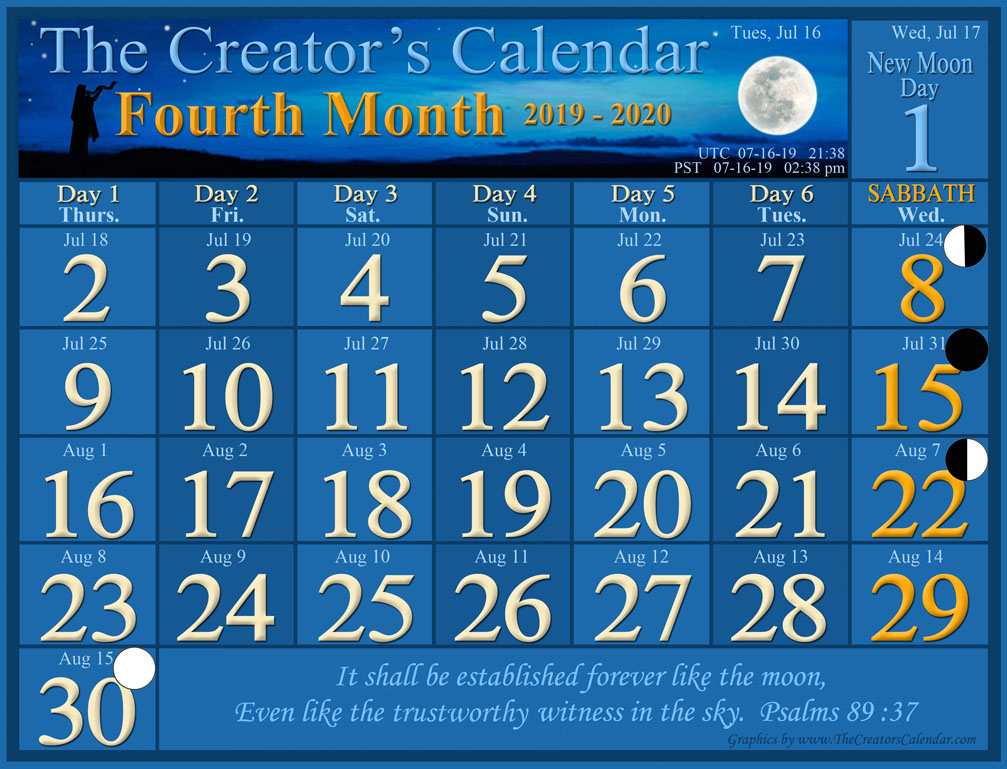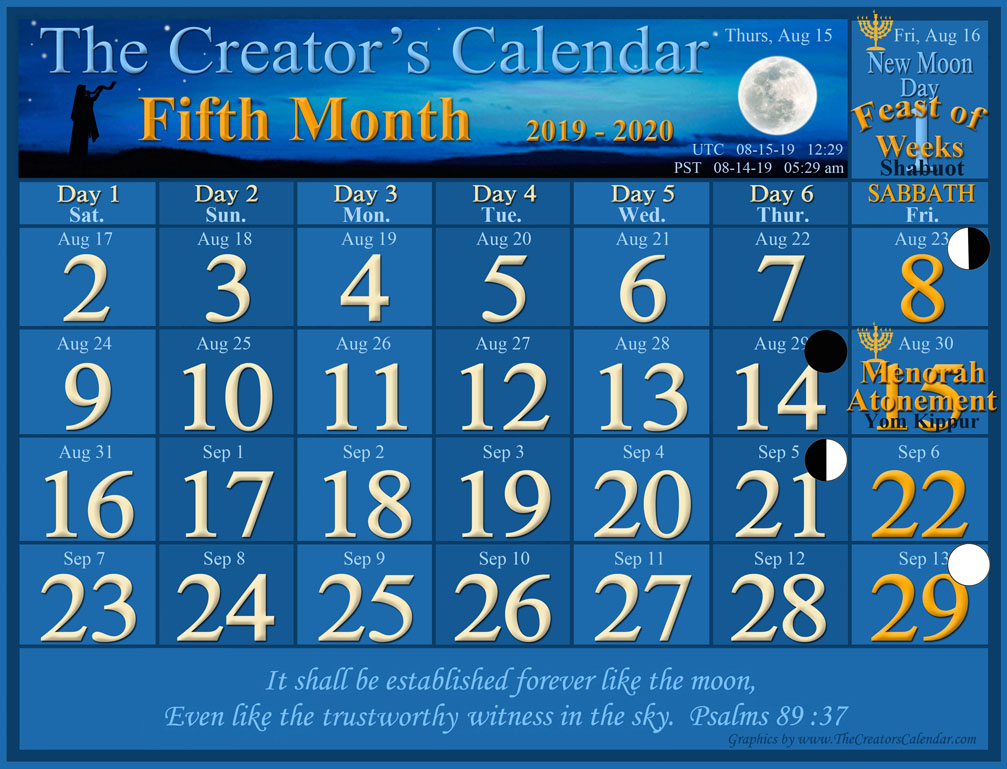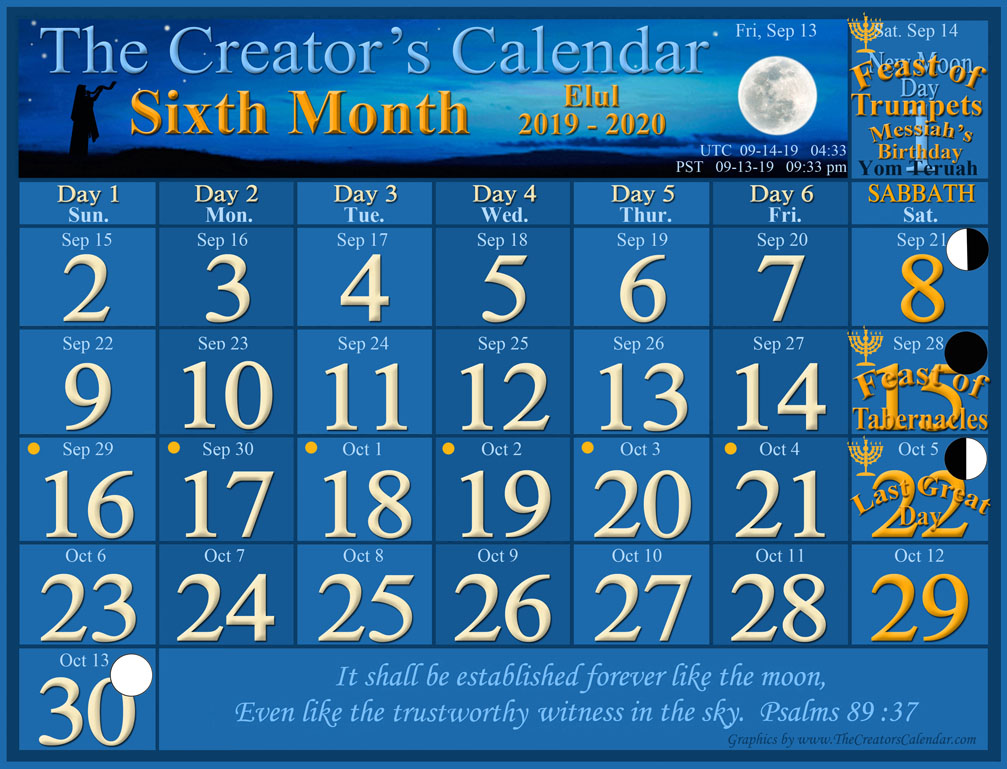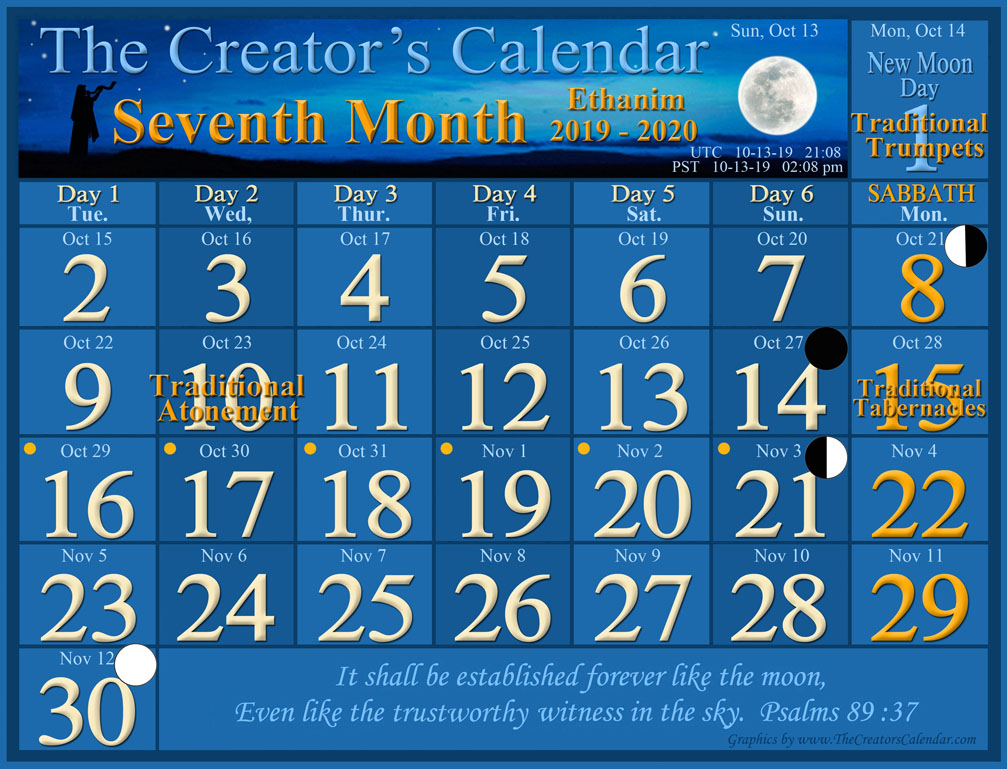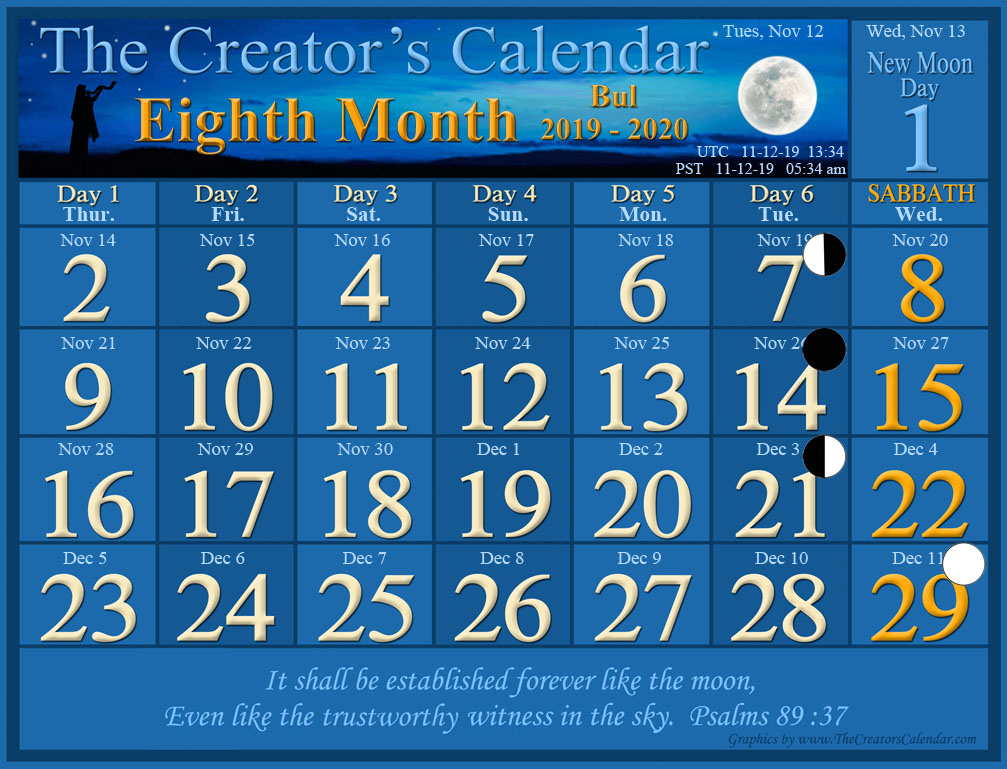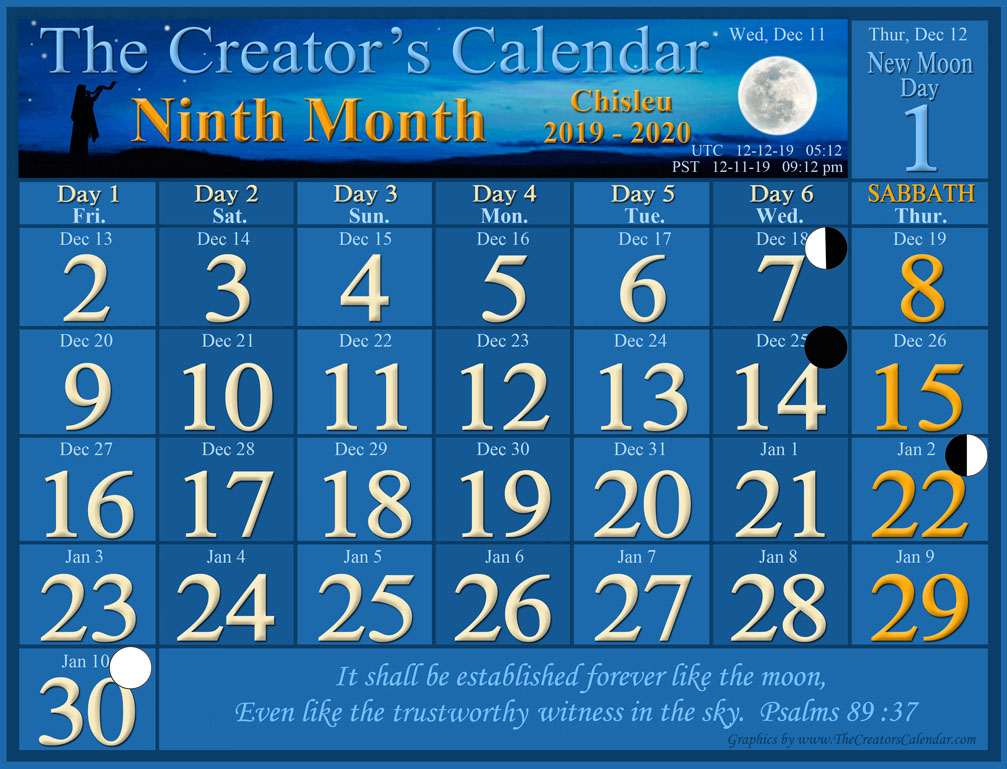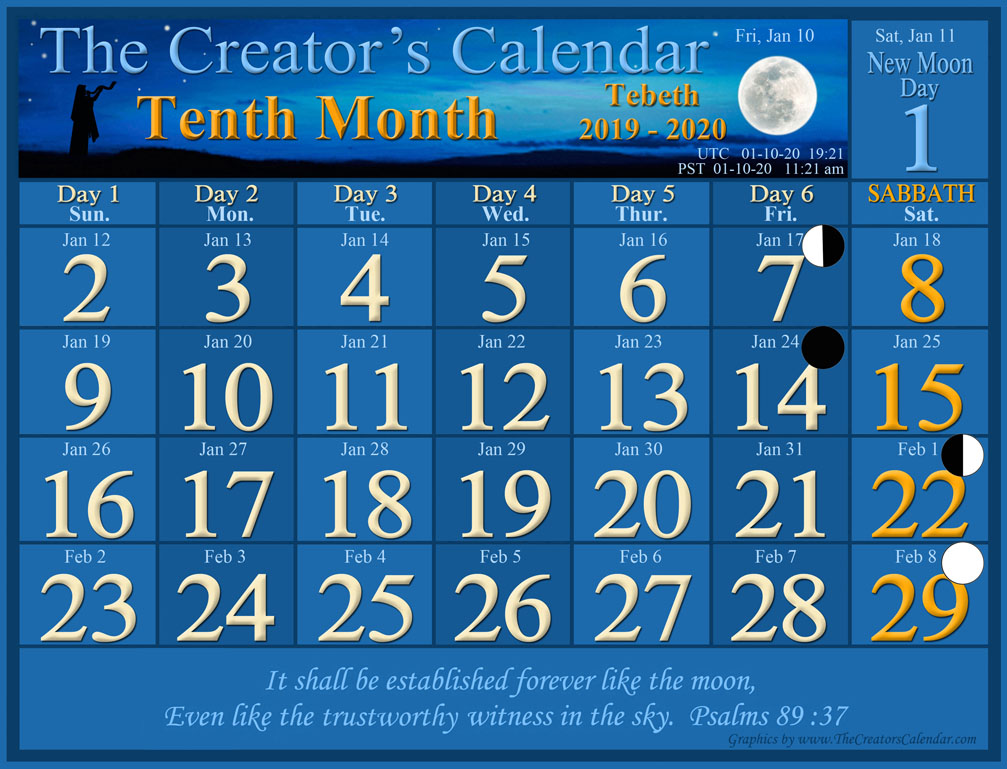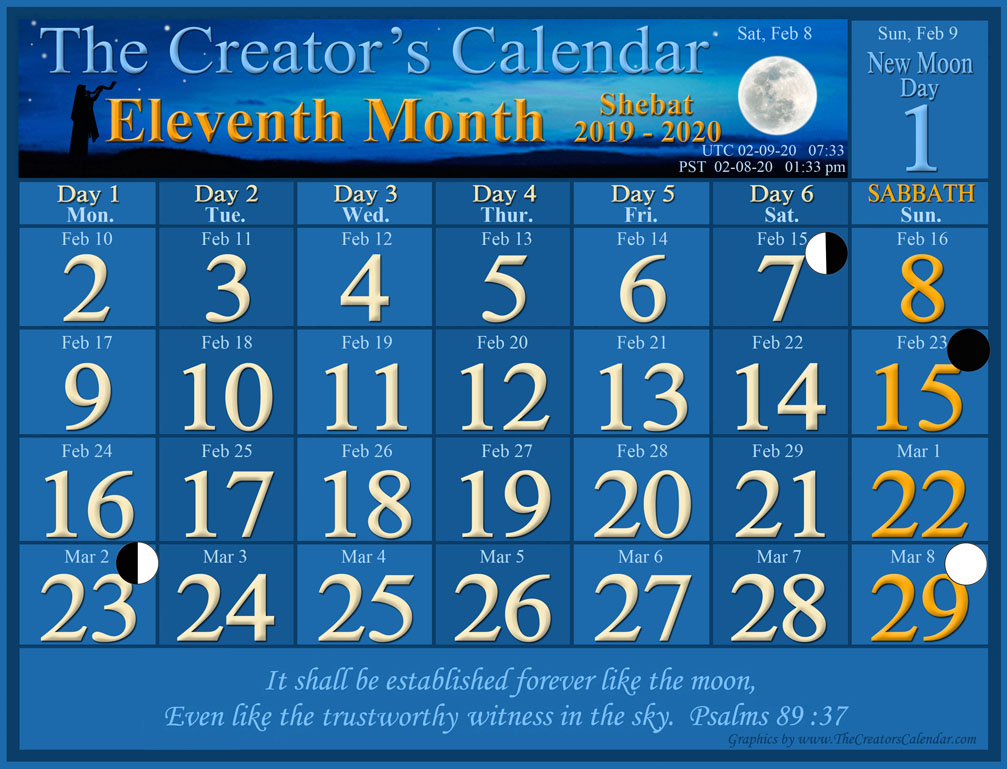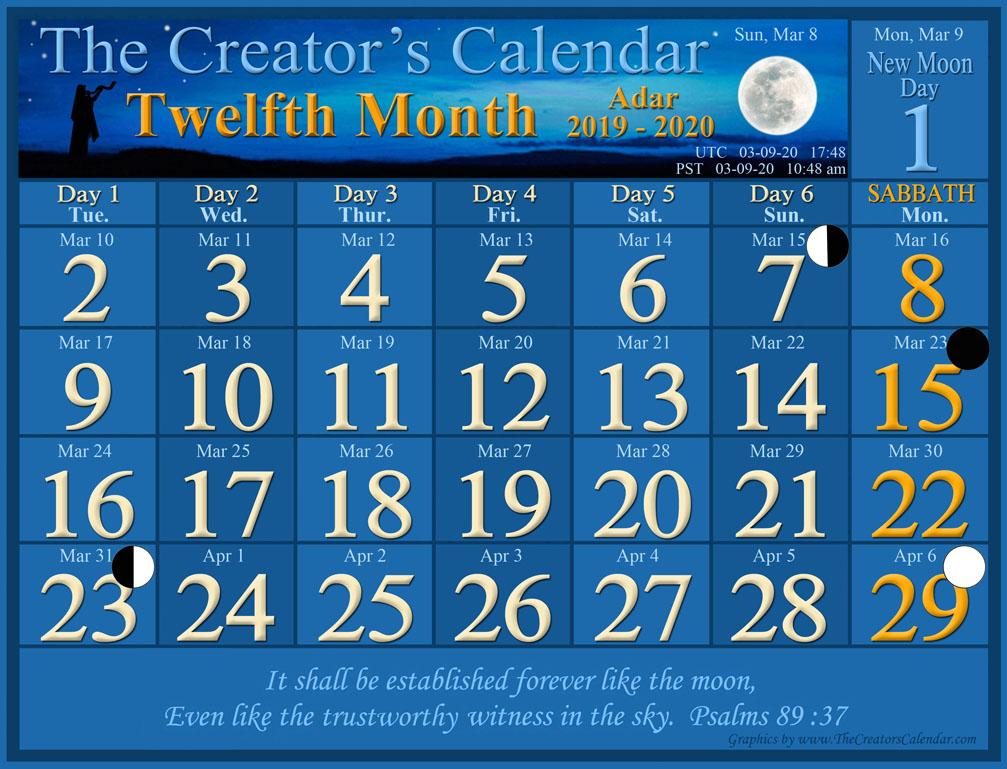[Note: In order to view the next year’s spring to spring calendar year you must refresh your browser!!! Please go to the top of your screen next to the address bar. The browser is the 3/4 circle with an arrow on it, then click it. In order to see new or updated material on any website including this one, you must refresh your browser often (daily). In the spring thousands of folks flock to the calendar pages, but go away disappointed because they don’t see the newly posted calendar for the next year. All the while, it is a simple matter of refreshing their browser. The new calendars are posted in the winter. If after refreshing your browser the next year is still not visible, it is because it has not yet been posted.]
Spring of 2019 – Winter 2020
Calendars
[Our sincerest and humblest apologies for this recent change in the calendar year commencing a month later than previously determined. The calendars will be repopulated with the correct Feast Days over the next few days. Much goes into the process of determining New Years and a more accurate method of determining it, and sometimes we must humbly admit our error. (dated 03-19-2019)]
New Year’s Day 2019, the true Rosh HaShanah in the spring, will occur on 04-19-2019.
Passover 2019 will occur on 05-02-2019.
This year will be a twelve month year, after all. For more info on thirteen month years and the Metonic cycle, click HERE.
Please remember these calendars represent the Pacific Standard Time Zone only. Meaning that depending upon your time zone the New Moon Day and the four successive Sabbaths may occur on the previous day or the day following. This reality occurs because the arbitrary man-made International Dateline in the Pacific Ocean continues to regulate the Gregorian calendar. Most often the New Moon Day will cross over two Gregorian dates in a 24 hour lunar cycle. (Refer to illustration.) Because the full moon is mobile, the Creator’s Lunar International Dateline (CLID) is mobile, causing the true lunar dateline to occur in a different location each month based upon the observable full New Moon location.
Vernal Equinox – The world-wide vernal Equinox occurs on March 20, 2019, so our New Year (Rosh Hashanah) will occur one lunar month later.
Personal Observation – When weather permits, personal observation of each full New Moon cannot be overstated.
Simply go to: United States Naval Observatory website or www.timeanddate.com make sure through a comparison that in your time zone the first rays of the sun at sunrise occur at least 1 minute prior to moonset. Read more . . .
Click HERE for the Printable 2019 – 2020 Calendar Year
Click on calendars to enlarge them.
Feast Days: These calendars have been updated to show forth both the Traditional Leviticus 23 Feast Day Placements, as well as the Menorah Gold Standard Lunar Phase Feast Day Appointments. For the word Menorah is a mixture of Greek and Hebrew words. “Mene” means moon in Greek, and numbering from the New Moon in Hebrew. And “orah” means light in Hebrew. So we have the word that literally means “moon’s numbered lights.” You will notice that some Feast Days from each group coincide and some do not. Each of the Menorah Gold Standard Lunar Phase Feast Day Appointments are well marked with a gold Menorah. Be sure and Click on the calendar images to enlarge them. For an explanation and comparison of the two kinds of Feast Days click HERE.
| Traditional Leviticus Feast Days |
Menorah Lunar Phase Feast Day Appointments |
|
| 1. Passover (Pasch) – The 14th day as counted from the full New Moon of the First Month of Aviv (Nisan), which coincides with the dark conjunction lunar phase. Also the sixth day of the lunar week. | 1. New Year’s Day (Rosh Hashanah) – This is the 1st day of the First Month of Aviv (Nisan) of the astro-luni-solar Year. It consistently occurs when the full New Moon arises in the constellation Bethulah (Virgo) in spring (Rev. 12:1) On this day the East Gate of the Temple is open to receive worshipers. All New Moon Days, Sabbaths and kadosh Feast Days are set according to this FIRST full New Moon Day sign marker. To “follow the LAMB” in His work, we must begin our journey with Him at the East Gate when it is open. | |
| 2. Feast of Unleavened Bread (Matzah) – The 15th day from the full New Moon of the First Month of Aviv, and the day after Passover. This is a seven day Feast that commences on the seventh-day Sabbath each year. | 2. Passover (Pasch) – The 14th day from the full New Moon of the First Month of Aviv (Nisan), consistently occurs on or near the dark conjunction lunar phase, as it did at the Messiah’s crucifixion (Luke 23:44-45). Feast of Unleavened Bread (Matzah) – This portion begins on Sabbath, the 15th day from the full New Moon of the First Month and lasts seven days. This is the day following Passover. Feast of Wave Sheaf Offering (Raysheeth) The 16th day from the New Moon of the First Month and always on the first day of the lunar week cycle. | |
| 3. Feast of Wave Sheaf Offering (Raysheet) – The 16th day from the full New Moon of the First Month of Aviv and always occurs on the first day of the lunar week. | 3. Feast of Weeks/Pentecost (Shabuot) – As it turns out, there are seven weeks plus seven weeks plus a day count from the 16th day of the First lunar month of Aviv to arrive at this important day. This Feast was designed to consistently coincide upon the full New Moon Day of the Fifth Month. Its purpose, to illustrate that the weeks are lunar for a five month span of time, as ordered according to each full New Moon. | |
|
4. Feast of Weeks (Shabuot) Pentecost – This traditional view is the 50 day count from the 16th day of the First Month, falling on the 9th day of the Third Month of Sivan, and the 1st day of the lunar week.
|
4. Feast Day of Atonement (Yom Kippur) – It appears that this Feast occurs on the 15th day as counted from the full New Moon. This is the middle of the Fifth Month and coincides with the dark conjunction lunar phase, instead of the 10th day of the seventh month. | |
| 5. Feast of Trumpets (Yom Teruah) – This Feast Day occurs on the 1st day of the Seventh Month of Ethanim, and always on the full New Moon Day. | 5. Feast of Trumpets (Yom Teruah) – This Feast Day appears to occur on the full New Moon day of the Sixth Month instead of the Seventh Month. | |
| 6. Feast Day of Atonement (Yom Kippur) – The 10th day of the Seventh Month of Ethanim, as counted from the full New Moon, and the second day of the lunar week. | 6. Feast of Tabernacles (Sukkot) – Consistently, this Feast Day appears to fall on the 15th day of the Sixth Month instead of the Seventh Month as counted from the full New Moon, coinciding with the dark conjunction lunar phase. This seven day Feast always commences upon the lunar seventh-day Sabbath. | |
| 7. Feast of Tabernacles (Sukkot) – This occurs on the 15th day of the Seventh Month of Ethanim, and always on a seventh-day Sabbath. Traditionally, this is the last Feast Day of the astro-luni-solar year. | 7. Feast of the Eighth Day (Yom Shimini) – This is the Feast referred to as the Last Great Day, representing the final day of the appointed Feast Days. It occurs on the third quarter moon of the Sixth Month instead of the Seventh Month, as reckoned from the full New Moon. This is always a lunar seventh-day Sabbath and it appears to signify the last event of the Messiah in the Temple not made with hands, for our complete restoration to the Eternal Father. | |

